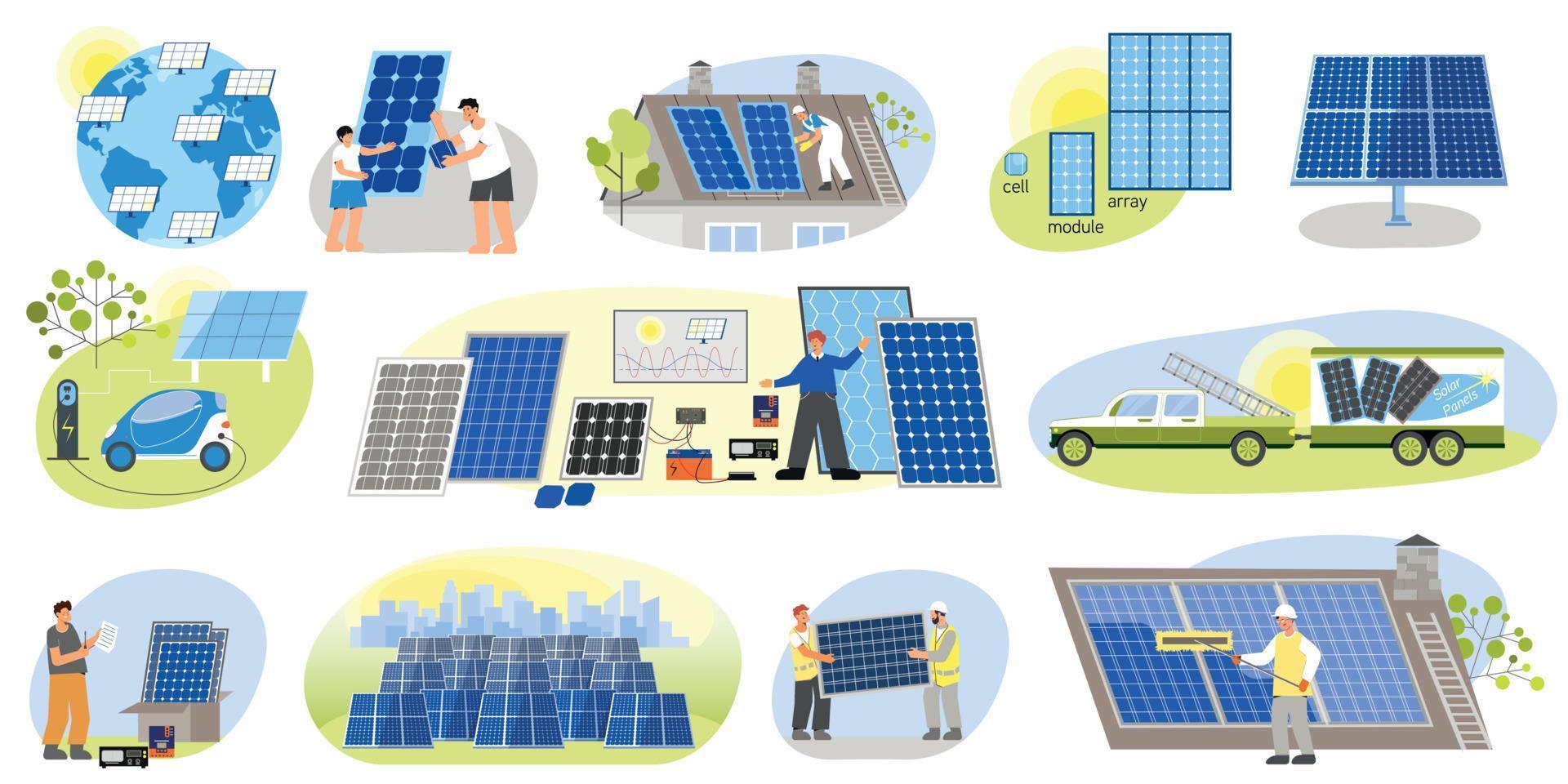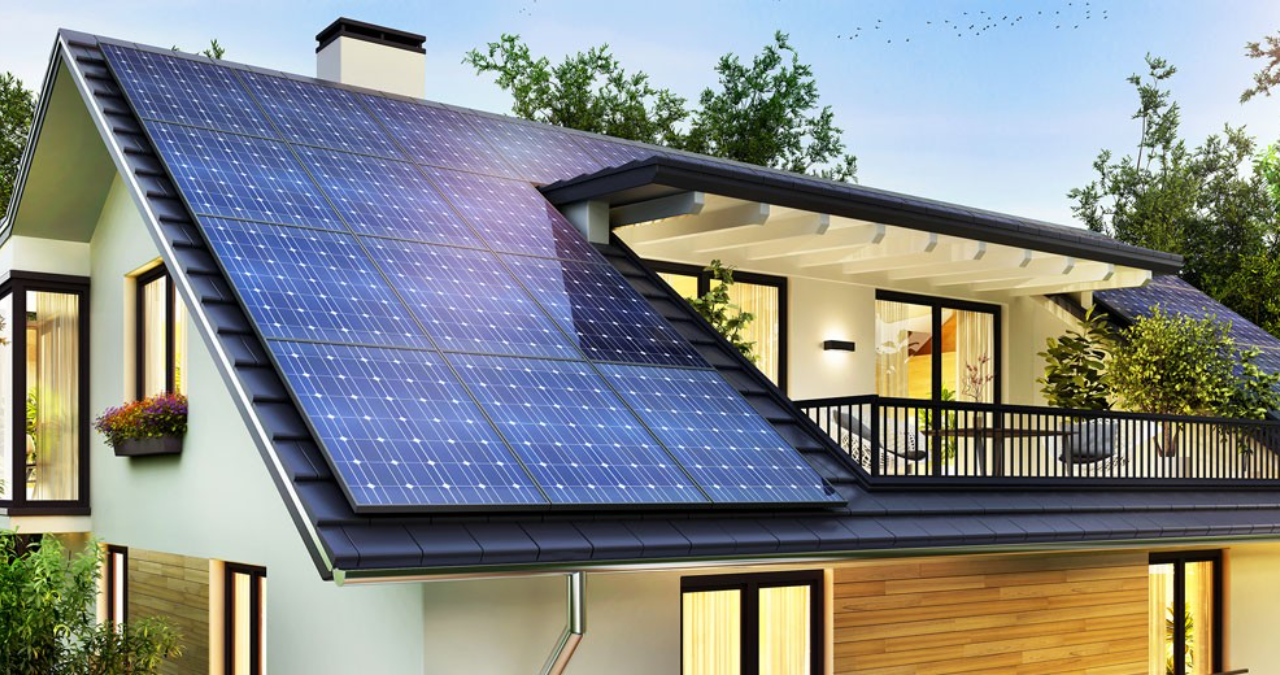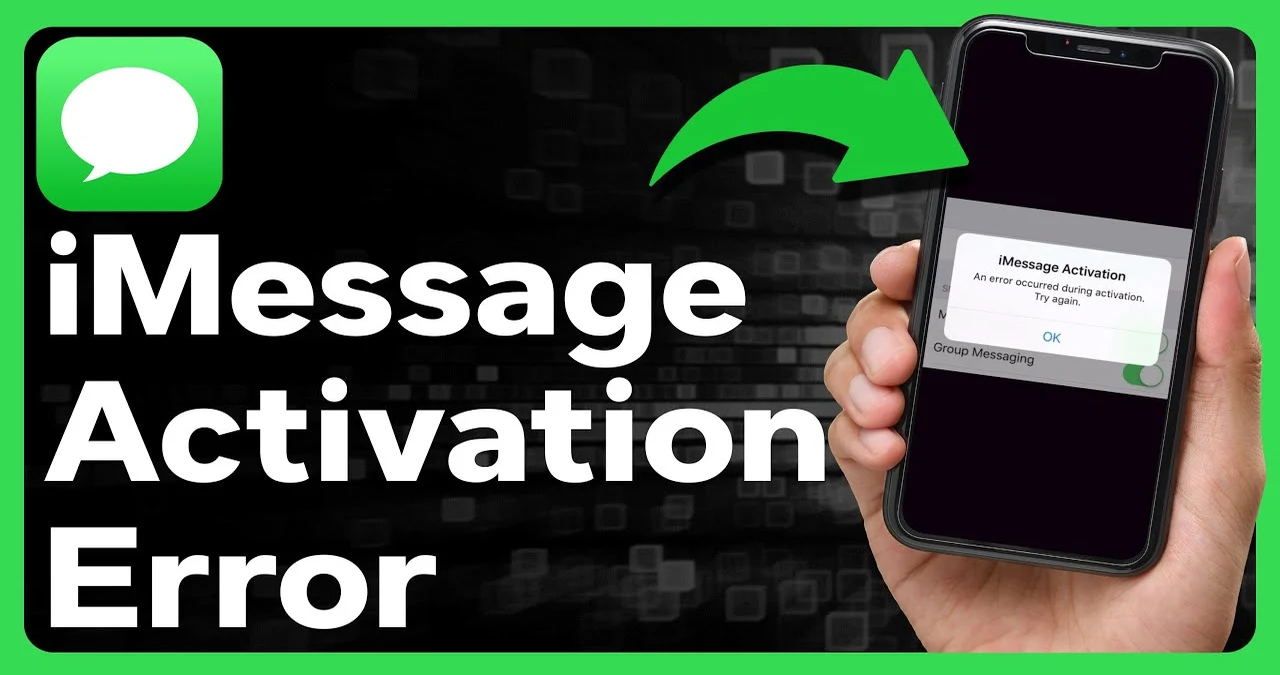Discover the complete guide to SBU Solar — how it works, benefits, costs, setup, and expert tips to optimize your solar energy system for maximum savings and efficiency.
SBU Solar is more than just a setting on a solar inverter — it’s a game-changer for anyone looking to make the most out of their solar investment. Whether you’re a homeowner hoping to slash your electricity bills or a business owner aiming for reliable backup power, SBU Solar is the strategy that can make it happen.
The beauty of SBU Solar lies in its simplicity: it prioritizes free, clean energy from the sun, then uses stored battery power, and only taps into the utility grid as a last resort. This automatic, intelligent sequence means you get more energy savings without having to constantly monitor your system.
In this in-depth guide, we’ll explore everything you need to know about SBU Solar — from how it works to its benefits, components, maintenance tips, and even myths you should avoid. Think of this as your go-to resource for understanding and leveraging this powerful solar mode.
Understanding SBU Solar and How It Works
SBU Solar stands for Solar-Battery-Utility mode. In simple terms, it’s a way your hybrid solar inverter manages power flow. It makes sure your solar-generated electricity is always used first, then battery storage, and finally, the utility grid. This order of operation is designed to help you save on electricity costs while ensuring a reliable power supply.
Here’s what typically happens in SBU Solar mode: during daylight hours, your solar panels power your home and charge your batteries simultaneously. When the sun goes down, the system automatically starts drawing energy from the batteries. Only when the batteries reach a set low charge does the inverter switch to grid power. This way, you always get the maximum benefit from your solar setup.
This smart prioritization is what sets SBU Solar apart from other inverter modes. It’s essentially an “energy efficiency autopilot” for your property, working quietly in the background while you go about your day.
The Role of SBU Mode in Solar Inverters
If your inverter is the brain of your solar system, then SBU mode is one of its most efficient thought processes. By telling the system to always prefer solar first, then stored energy, and finally the grid, you’re making the best possible use of your renewable resources.
Inverters with SBU Solar capabilities also tend to come with programmable settings, allowing you to tweak thresholds — such as the battery voltage at which the grid kicks in. This gives you flexibility to customize the system based on your energy usage patterns, local weather, and grid reliability.
For example, in areas with frequent power cuts, you might want to reserve more battery capacity for nighttime outages. In regions with high electricity costs, you can configure your system to use as little grid power as possible. Either way, SBU Solar helps you make those adjustments effortlessly.
Benefits of Using SBU Solar for Homes and Businesses
The biggest reason people switch to SBU Solar is cost savings. By ensuring your home or business uses solar and stored energy before relying on the grid, you directly cut down on your electricity bill. Over the course of a year, this can translate into significant financial benefits.
Reliability is another huge plus. For businesses, downtime during power outages can mean lost revenue and productivity. SBU Solar provides an automatic backup, keeping lights on and operations running without the need for noisy generators. For households, it means uninterrupted comfort — even during peak outage times.
Environmental impact can’t be overlooked either. Every kilowatt-hour of solar energy used is one less generated from fossil fuels. By making solar your primary energy source, SBU Solar helps you reduce your carbon footprint without sacrificing convenience.
Expert Insight: “SBU Solar isn’t just a feature — it’s a lifestyle upgrade. You’re not only saving money; you’re taking active control over your energy future.”
Key Components of an SBU Solar Setup
An SBU Solar system isn’t drastically different from a standard hybrid solar setup, but each part plays a vital role in making it work effectively.
| Component | Description |
|---|---|
| Solar Panels | Convert sunlight into direct current (DC) electricity. |
| Hybrid Inverter | The control hub that switches between solar, battery, and grid power. |
| Battery Bank | Stores excess solar energy for use when sunlight is unavailable. |
| Grid Connection | Provides backup power when solar and battery are depleted. |
Solar panels capture energy, the hybrid inverter manages its distribution, and the battery bank ensures you have stored energy when you need it most. The grid is there as a safety net — but thanks to SBU Solar mode, you’ll use it far less often.
Difference Between SBU Mode and Other Solar Modes
Many hybrid inverters offer multiple operation modes. Here’s how SBU Solar stacks up against the others:
- Solar-Utility-Battery (SUB): Uses solar first, then grid, then battery. Batteries are used only if the grid fails — not ideal if you want to maximize battery use.
- Utility-Solar-Battery (USB): Relies on grid power first, which defeats the purpose of investing in solar unless the grid is extremely cheap or stable.
SBU Solar is the most efficient for cost savings and energy independence. It keeps your batteries active but not overworked, and ensures your investment in both solar panels and battery storage pays off.
How SBU Solar Optimizes Power Usage
The key advantage of SBU Solar is in how it balances consumption and storage. By keeping solar at the top of the priority list, it reduces wear on batteries while also ensuring they are charged for when they’re truly needed.
This optimization also extends battery lifespan. Instead of constantly cycling between charge and discharge, the system only uses batteries when solar power is insufficient. This means fewer deep discharges and a longer service life for your expensive battery bank.
Choosing the Right SBU Solar System
Not all SBU Solar setups are created equal. The size of your solar array, battery capacity, and inverter specifications all play a role in how effective the system will be for your specific needs.
If your energy consumption is high during the day, invest in a larger solar array. If you often experience night-time outages, a higher-capacity battery bank is essential. And of course, make sure your inverter supports genuine SBU mode — not all hybrid inverters do.
Common Myths and Misconceptions About SBU Solar
One common myth is that SBU Solar requires more maintenance. In reality, it’s no different from maintaining any other hybrid solar system. Another is that using batteries more often will wear them out faster — but when managed correctly in SBU mode, batteries can actually last longer.
Some people also believe SBU Solar is only for areas with unreliable grids. While it’s true that it’s a lifesaver in such regions, it’s equally beneficial in cities with stable grids because of the cost savings and sustainability benefits.
Maintenance Tips for SBU Solar Systems
Keeping your SBU Solar system in top condition involves regular checks on your panels, batteries, and inverter. Clean your solar panels at least every few months to ensure maximum energy production.
For batteries, monitor voltage and charge cycles periodically. Many modern inverters provide an app or display that lets you check battery health easily. Finally, make sure your inverter firmware is up to date so you’re benefiting from the latest efficiency improvements.
Cost Analysis and ROI of SBU Solar

The initial cost of an SBU Solar system depends on panel capacity, battery type, and inverter quality. While it’s often more expensive upfront than a grid-tied system without batteries, the savings on electricity bills and the added reliability can make the return on investment surprisingly quick.
In many cases, users report breaking even within five to seven years — sometimes sooner in areas with high utility rates. After that, it’s almost pure profit in the form of free electricity.
The Future of SBU Solar Technology
SBU Solar technology is evolving rapidly. Inverters are becoming smarter, batteries are lasting longer, and integration with smart home systems is making energy management even more seamless.
As costs for solar components continue to drop, expect to see SBU Solar become the standard for residential and small-business setups, not just an advanced feature for tech enthusiasts.
Real-Life Examples and Case Studies
In one small-town bakery, switching to SBU Solar cut monthly energy bills by 40% and eliminated downtime during outages. The owner now uses the savings to expand production.
A family in a suburban home reduced grid dependence by 85% with SBU Solar, enjoying uninterrupted power even during a three-day blackout.
FAQs
What does SBU mean in solar inverters?
SBU stands for Solar-Battery-Utility, a mode that prioritizes solar power, then stored battery energy, and finally the utility grid.
Is SBU Solar good for areas with stable grids?
Yes, it helps reduce electricity bills and increases sustainability even where the grid is reliable.
Does SBU Solar damage batteries faster?
No, it can actually extend battery life by controlling discharge cycles efficiently.
Do all inverters have SBU mode?
No, you’ll need a hybrid inverter that specifically supports SBU mode.
Conclusion
SBU Solar isn’t just a setting — it’s a smarter way to live with solar energy. By prioritizing solar first, battery second, and the grid last, it helps you save money, stay prepared for outages, and reduce your environmental footprint. Whether for your home or business, investing in SBU Solar is a step toward energy independence and a greener future.




